Tokyo is one of the busiest cities in the world, and its airports play a crucial role in connecting Japan with the rest of the world.
Understanding the transportation options available to travelers arriving or departing from Tokyo’s airports is essential to ensure a smooth and stress-free travel experience.
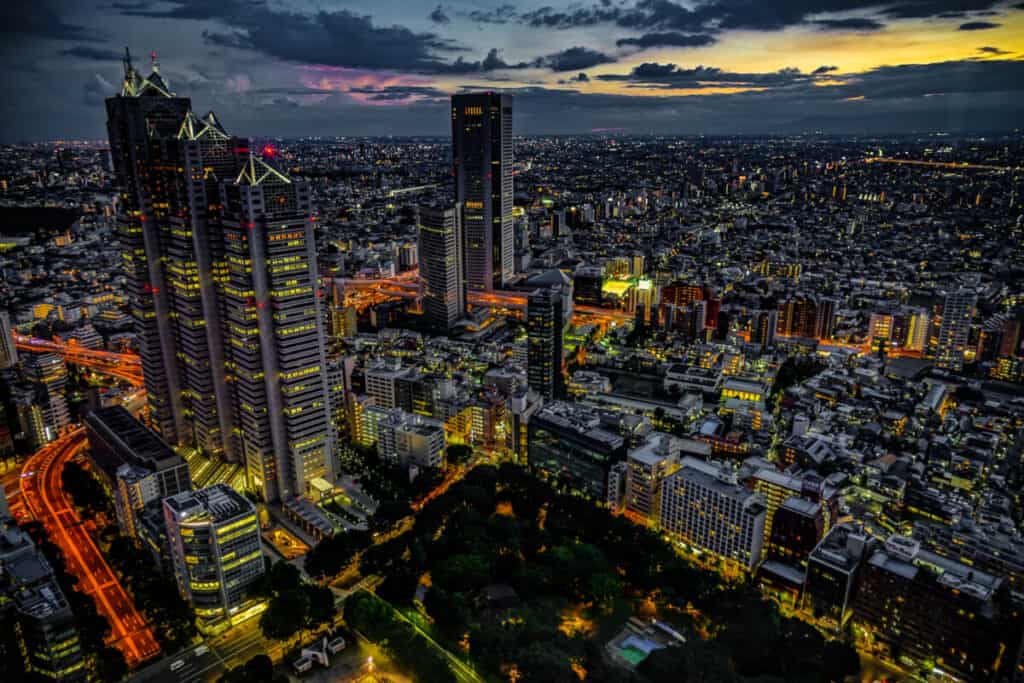
Tokyo’s airports are also important gateways for visitors to explore Japan’s culture, history, and natural beauty. Therefore, a good understanding of transportation options in Tokyo’s airports is crucial for both tourists and locals alike.
Brief overview of the topics covered in the article
This article aims to provide a comprehensive guide to transportation options available in Tokyo’s airports. We will discuss the different modes of transportation available, including trains, buses, and taxis, and highlight the pros and cons of each option.
Additionally, we will provide information on how to navigate Tokyo’s transportation system, including purchasing tickets, understanding schedules, and finding the best routes.

We will also provide tips and recommendations on how to make the most of your travel experience in Tokyo, including suggestions for places to visit and things to do in and around the city. Overall, this article will be a valuable resource for anyone planning to travel to or from Tokyo’s airports.
International Flights
Understanding the options for international flights in Tokyo
International travel is an essential part of Tokyo’s transportation infrastructure. The city has two major airports: Narita International Airport and Haneda International Airport.
Narita serves as the primary hub for international flights, while Haneda serves as a domestic airport and handles some international flights.
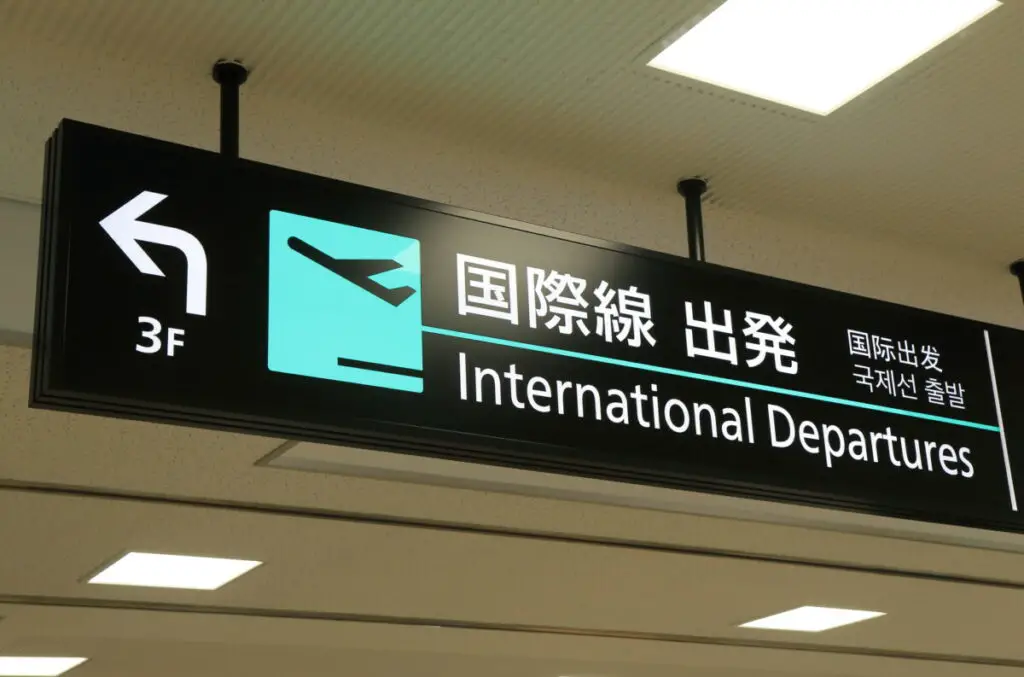
Understanding the options for international flights is crucial for travelers who want to plan their trips to Tokyo.
Best airlines for international flights from Tokyo
There are several airlines that operate international flights from Tokyo, and choosing the best one for your needs can be overwhelming.
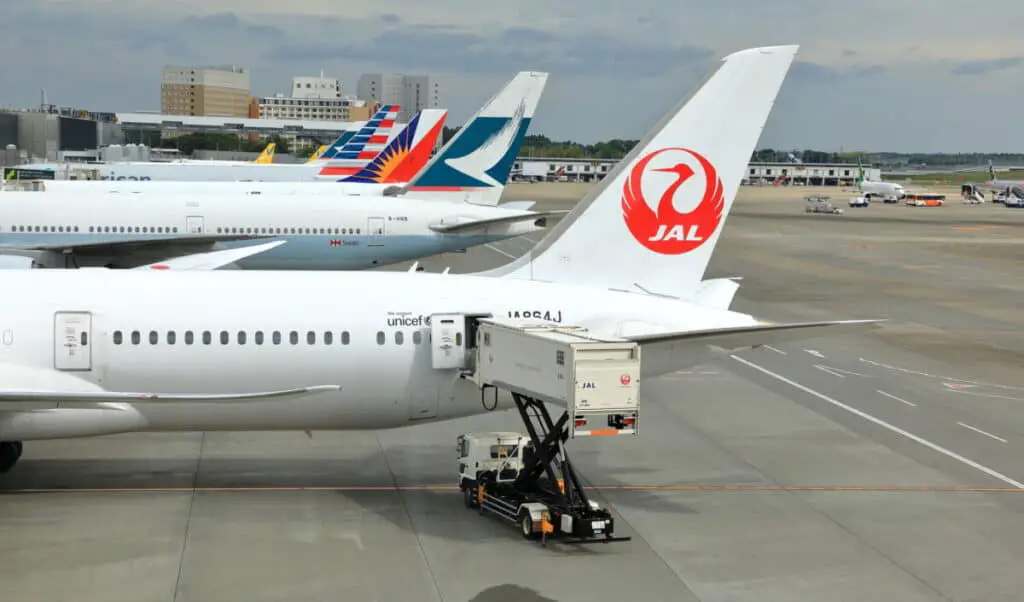
Some of the top airlines for international flights from Tokyo include Japan Airlines, ANA (All Nippon Airways), Delta Airlines, United Airlines, and Emirates.
Each airline has its own strengths, such as the quality of their service, the number of destinations they serve, and the types of aircraft they operate.
Direct connections to international destinations from Tokyo airports
Both Narita and Haneda airports offer direct connections to various international destinations.
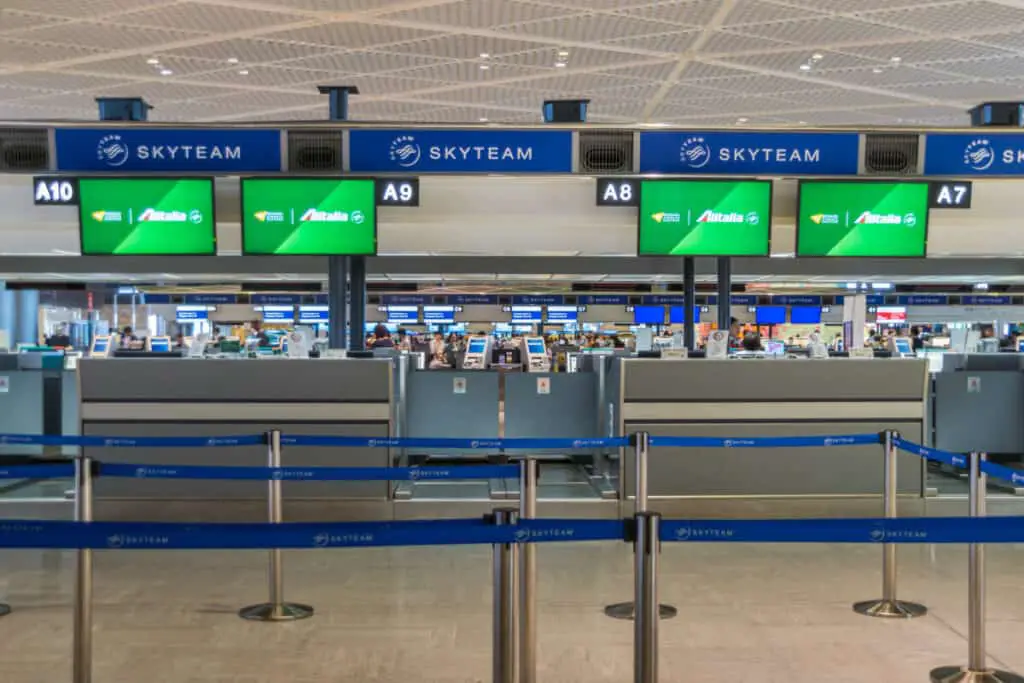
Narita Airport has direct flights to over 100 cities worldwide, including New York, London, Paris, Beijing, Shanghai, and Hong Kong.
Haneda Airport has direct flights to over 50 international destinations, including Los Angeles, Vancouver, Sydney, Singapore, and Bangkok.
Having direct flights to these destinations makes Tokyo an attractive destination for both business and leisure travelers.
Narita International Airport
Overview of Narita International Airport Narita International Airport is one of Tokyo’s major airports and is located in the city of Narita, Chiba Prefecture.
It serves as the primary international gateway for Tokyo and is the hub for several major airlines, including Japan Airlines and All Nippon Airways.
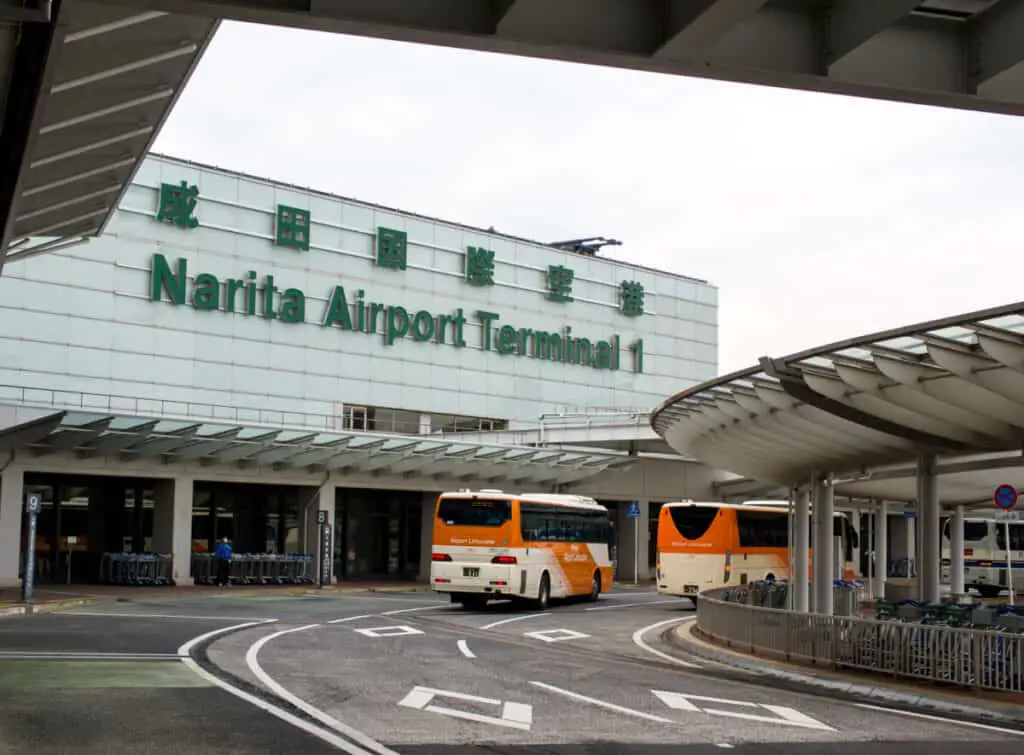
Narita Airport has three terminals, with Terminal 1 and Terminal 2 serving international flights and Terminal 3 serving low-cost carriers.
Transportation options from Narita Airport to downtown Tokyo There are several transportation options available for travelers arriving at Narita Airport to get to downtown Tokyo.
One of the most convenient ways is to take the Narita Express train, which provides direct access to Tokyo Station in about an hour.
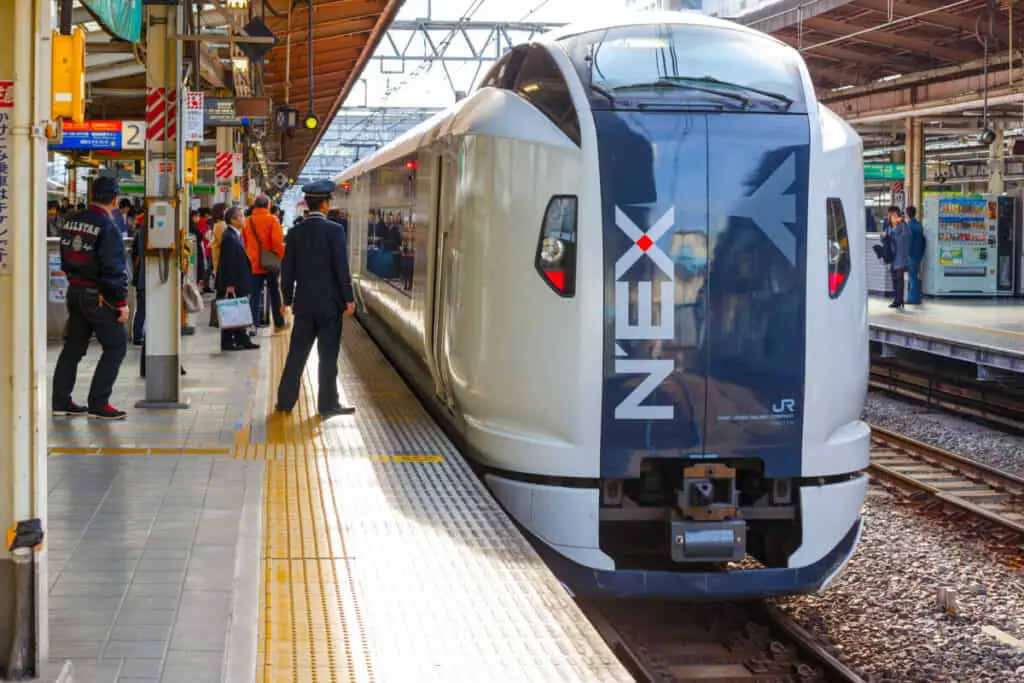
The Narita Express also stops at other major stations such as Shinjuku and Shibuya, making it easy to reach many popular destinations in the city.
Another popular transportation option is the Keisei Skyliner, which is a high-speed train that connects Narita Airport to Ueno Station in central Tokyo in about 40 minutes.
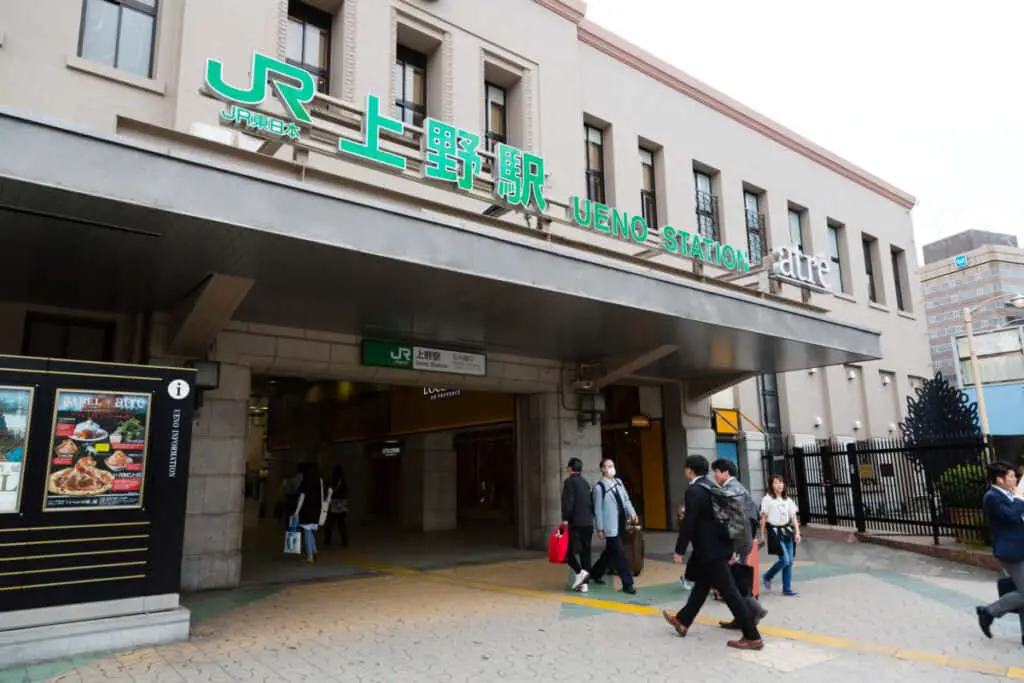
The Keisei Skyliner also stops at Nippori Station, which provides easy access to the popular tourist destination of Asakusa.
Keisei Skyliner and Narita Express train from Narita Airport The Keisei Skyliner and Narita Express train are two of the most popular transportation options for travelers arriving at Narita Airport.
These trains provide direct connections to major stations in downtown Tokyo and are known for their speed and convenience.
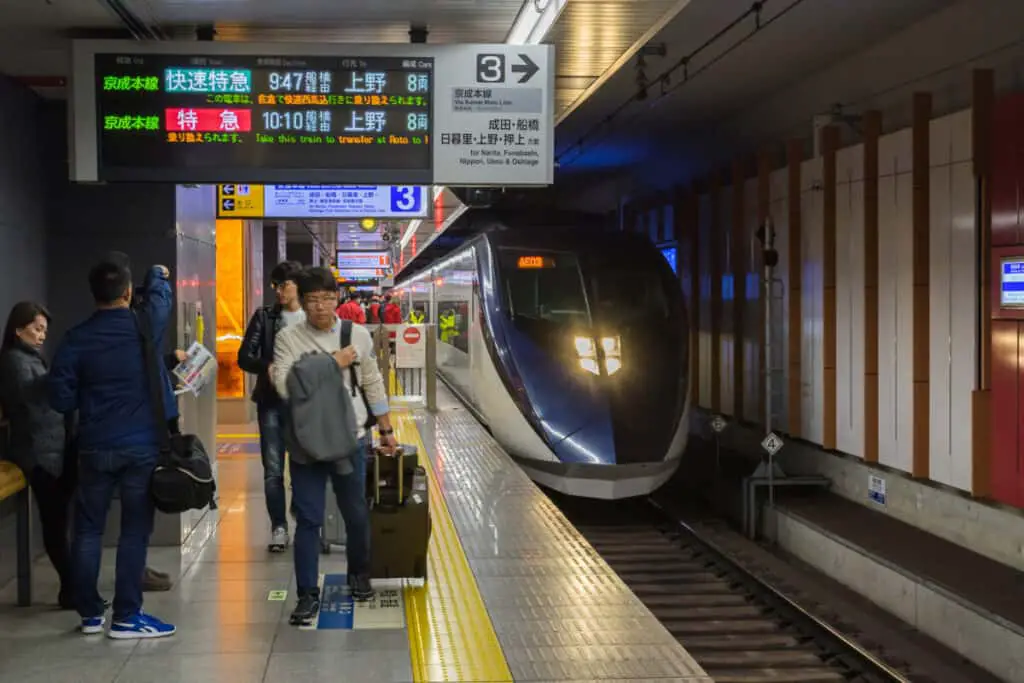
The Keisei Skyliner is a great option for those looking to reach Ueno or Asakusa quickly, while the Narita Express is ideal for those heading to Tokyo Station or other major stations such as Shinjuku and Shibuya.
Both trains offer comfortable seating and luggage storage, making them a popular choice for travelers visiting Tokyo.
Tokyo Station
Tokyo Station as a transportation hub Tokyo Station is one of the busiest transportation hubs in Tokyo.
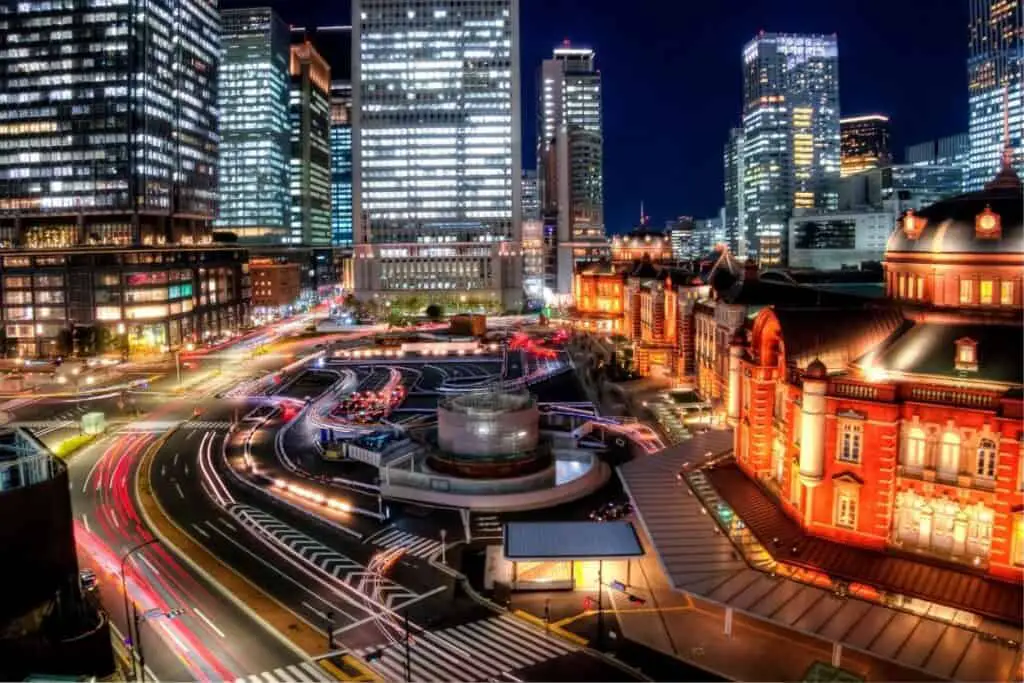
It serves as the central hub for Japan’s extensive network of train lines, including the Shinkansen, which is the high-speed bullet train that connects Tokyo to other major cities in Japan.
In addition to the Shinkansen, Tokyo Station also serves various other train lines, including the JR Yamanote Line, Chuo Line, and Keihin-Tohoku Line.
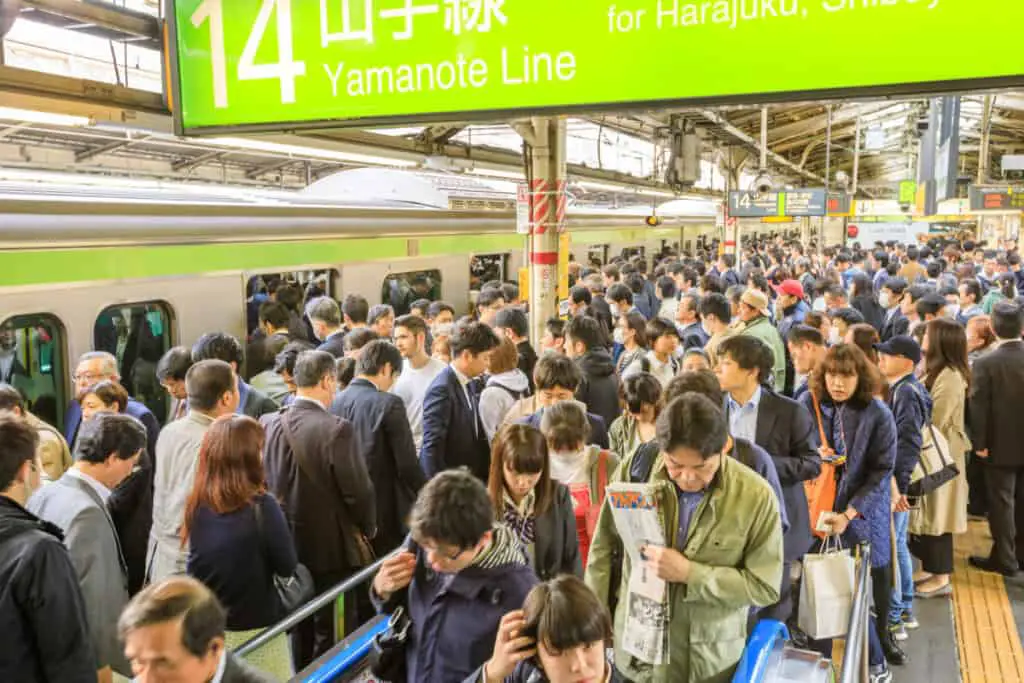
Overview of the different train lines available at Tokyo Station The JR Yamanote Line is one of the most convenient train lines for tourists as it circles around central Tokyo and connects to many of the city’s major attractions such as Shibuya, Shinjuku, and Ueno.
The Chuo Line provides direct access to areas like Tokyo Disneyland and Tokyo Dome City, while the Keihin-Tohoku Line offers a convenient route to Yokohama and other areas along the east coast.
JR Yamanote Line from Tokyo Station The JR Yamanote Line is one of the most popular and convenient train lines for tourists visiting Tokyo.
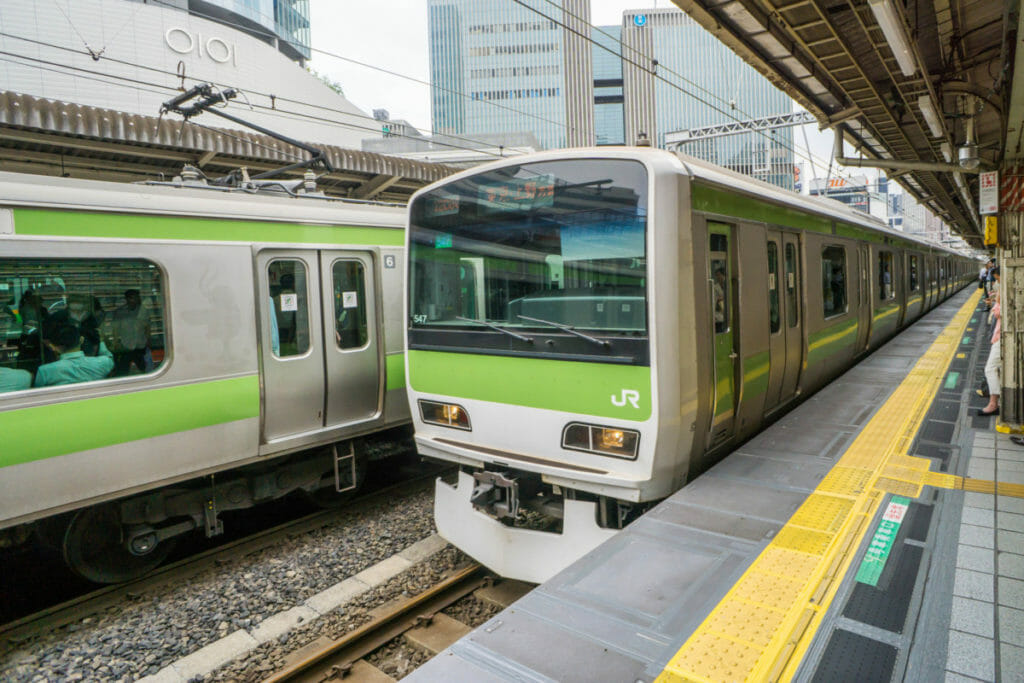
It runs in a loop around central Tokyo and stops at many of the city’s major tourist destinations. The line has several stations located within walking distance to popular spots like Shibuya, Harajuku, and Shinjuku.
Additionally, the JR Yamanote Line connects to other major train lines, making it a convenient option for traveling throughout the city.
Understanding the transportation options within central Tokyo
Tokyo is a sprawling metropolis with a complex network of public transportation options. Understanding the various modes of transportation available in central Tokyo is essential for navigating the city effectively.
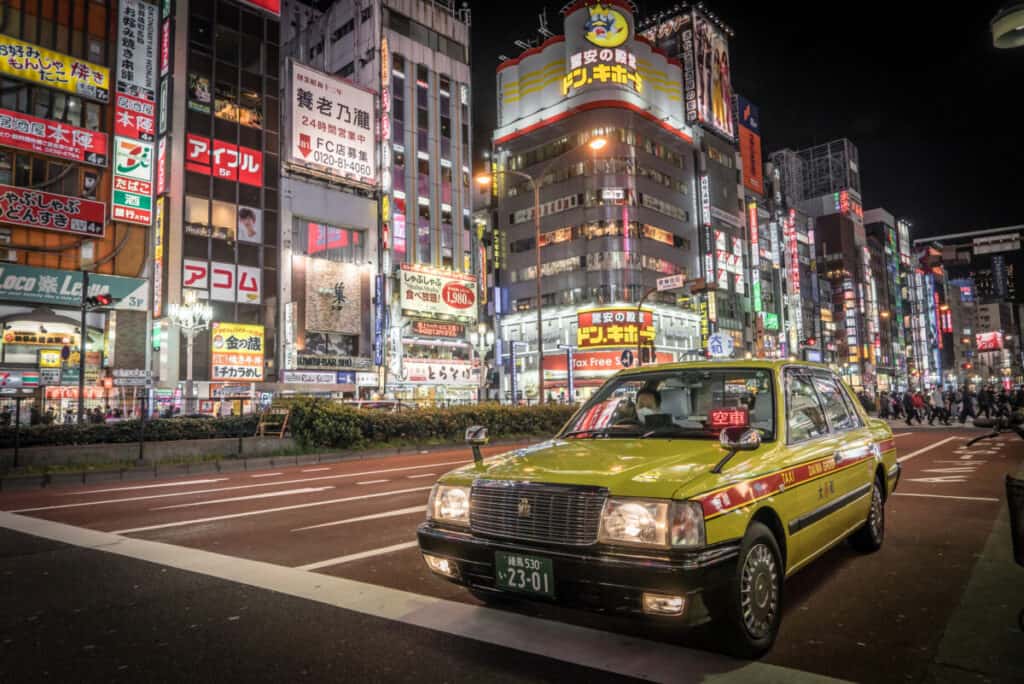
The most common options for transportation within central Tokyo include trains, subways, buses, and taxis.
Overview of different train and subway lines in central Tokyo
Train and subway lines are the most popular modes of transportation within central Tokyo. The city has a vast network of train lines that are operated by various companies.
The Tokyo Metro and the Toei Subway are two of the most extensive subway systems in the city, with stations located throughout central Tokyo.
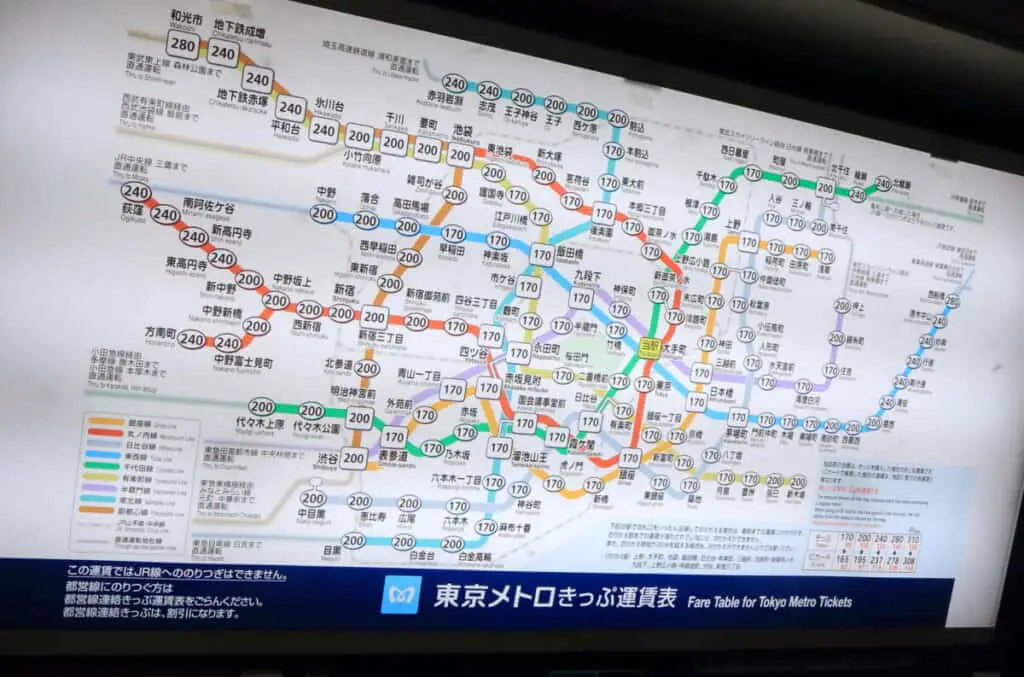
Additionally, the JR Yamanote Line, which circles central Tokyo, is a convenient way to travel to many of the city’s popular tourist destinations.
Public transportation options for commuting within central Tokyo
Commuting to work or school in central Tokyo can be a daunting task, especially during rush hour.
However, the city’s public transportation system is designed to handle the daily influx of commuters efficiently.
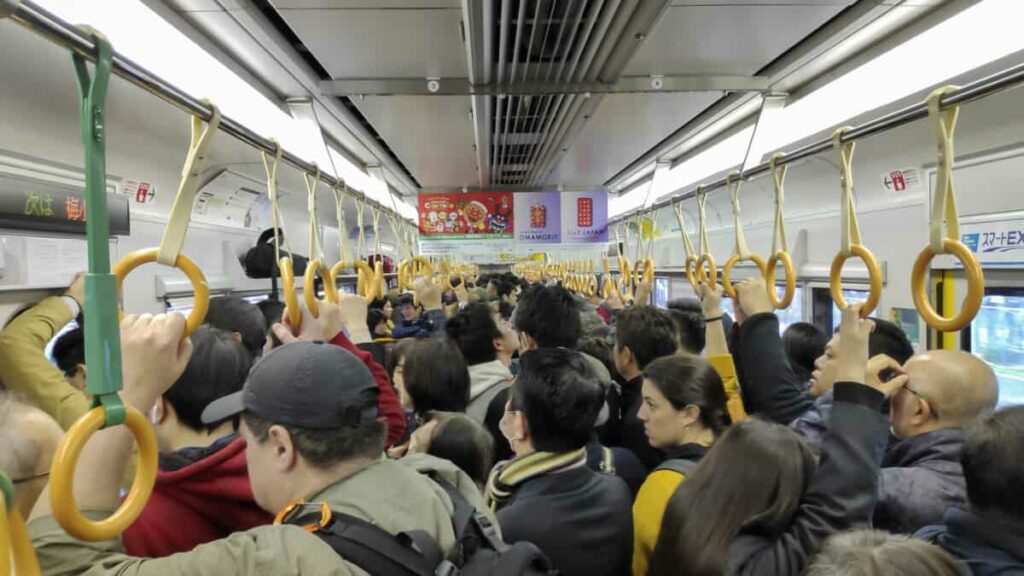
To avoid rush hour crowds, it is best to travel outside of peak hours, and to consider alternative modes of transportation such as bicycles or walking for shorter distances.
Additionally, many companies offer shuttle buses to transport employees to and from the nearest train station, which can be a convenient option for commuters.
Domestic Flights
Understanding the options for domestic flights in Tokyo
Tokyo offers multiple options for domestic flights, with two primary airports serving the city: Haneda Airport and Narita International Airport.
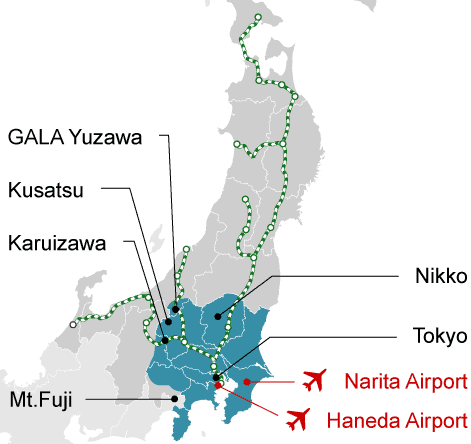
Domestic flights in Tokyo are frequent, reliable, and efficient, providing convenient access to other parts of Japan.
Best airlines for domestic flights in Tokyo
There are several airlines that operate domestic flights within Japan from Tokyo. Among the popular airlines are Japan Airlines (JAL), All Nippon Airways (ANA), Skymark Airlines, and Jetstar Japan.
These airlines offer a wide range of routes, schedules, and fare classes to cater to different budgets and preferences.
Access to domestic terminals in Tokyo airports
Both Haneda Airport and Narita International Airport have separate domestic terminals, which can be easily accessed via public transportation.
Haneda Airport’s domestic terminal is connected to the international terminal by a shuttle bus, while Narita International Airport’s domestic terminal is located separately and can be accessed by train or bus.
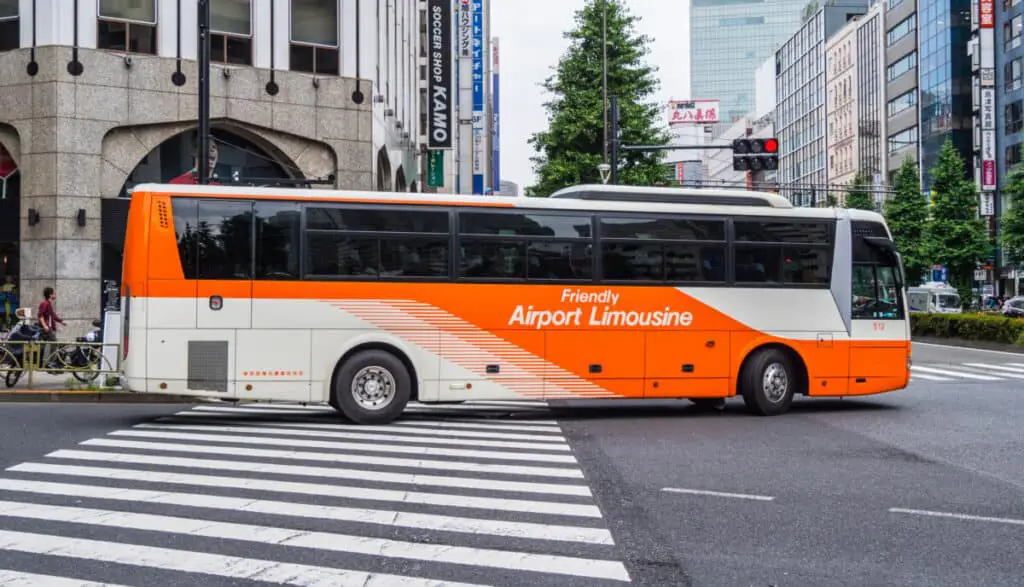
The trains that connect Narita Airport to central Tokyo also have stops at Narita Airport’s domestic terminal, making it easy for travelers to switch between domestic and international flights.
Tokyo International Airport (Haneda)
Overview of Tokyo International Airport (Haneda)
Tokyo International Airport, commonly known as Haneda Airport, is one of the two major airports in Tokyo, along with Narita International Airport.
Haneda Airport is located in Ota City, approximately 14 kilometers south of Tokyo Station, and serves as a hub for many domestic and international airlines.
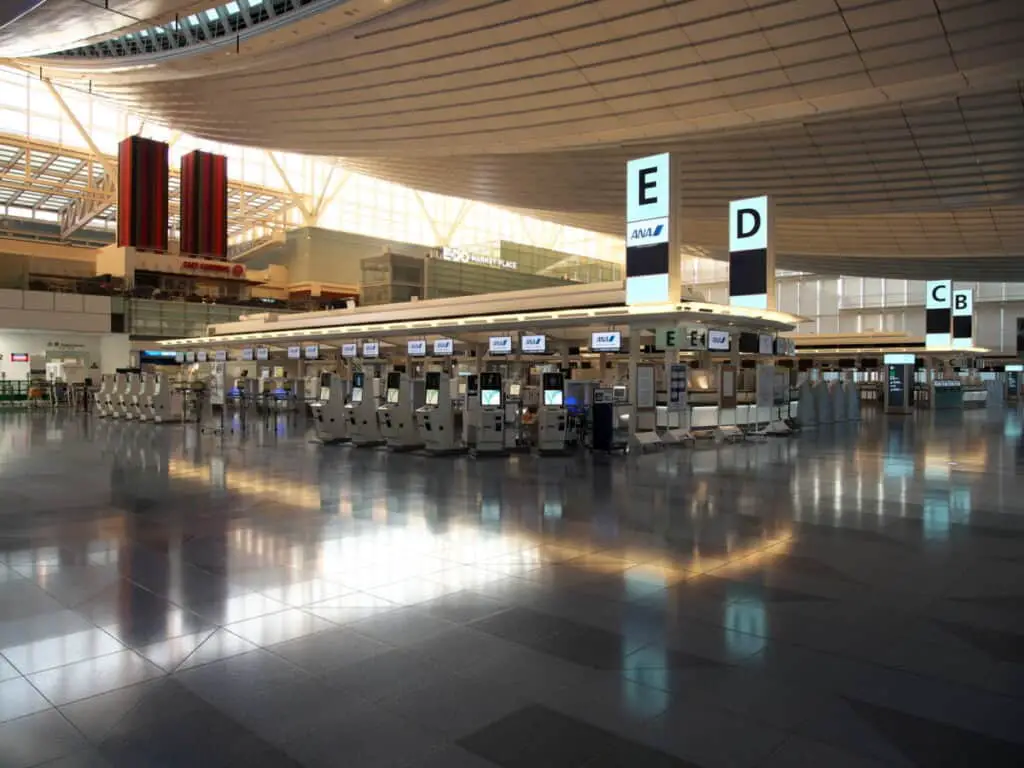
In recent years, Haneda Airport has seen significant growth in its international flights, with more airlines adding direct flights to destinations around the world.
Transportation options from Haneda Airport to downtown Tokyo
There are several transportation options available for travelers looking to get from Haneda Airport to downtown Tokyo. The most popular and convenient options are the Tokyo Monorail and the Keikyu Line.
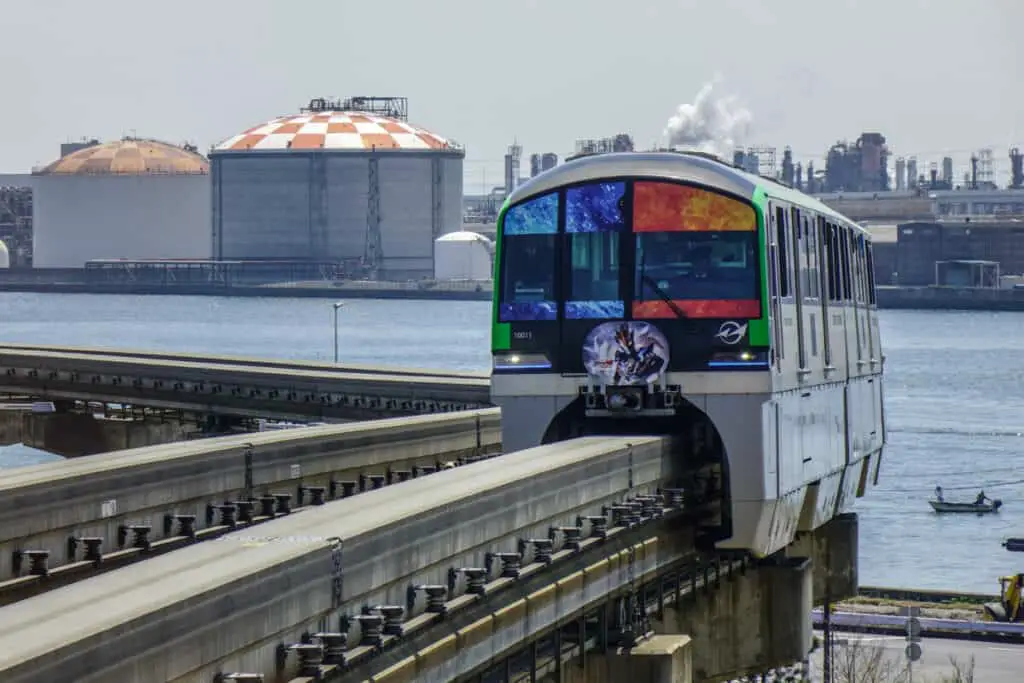
The Tokyo Monorail is a high-speed train that runs from Haneda Airport to Hamamatsucho Station, which is connected to the JR Yamanote Line.
The journey takes approximately 13 minutes and costs 490 yen. The monorail is a popular choice for travelers who want to get to central Tokyo quickly and easily.
Another option is the Keikyu Line, which connects Haneda Airport to several major train stations in Tokyo, including Shinagawa, Shinjuku, and Shibuya.
The journey time varies depending on the destination, but the trains run frequently and are generally more affordable than the Tokyo Monorail. The fare from Haneda Airport to Shinagawa, for example, is 410 yen and takes approximately 11 minutes.
Tokyo Monorail and Keikyu Line from Haneda Airport
Travelers who want to get from Haneda Airport to central Tokyo have several transportation options, including the Tokyo Monorail and the Keikyu Line.
The Tokyo Monorail is a high-speed train that takes approximately 13 minutes to get to Hamamatsucho Station, which is connected to the JR Yamanote Line.
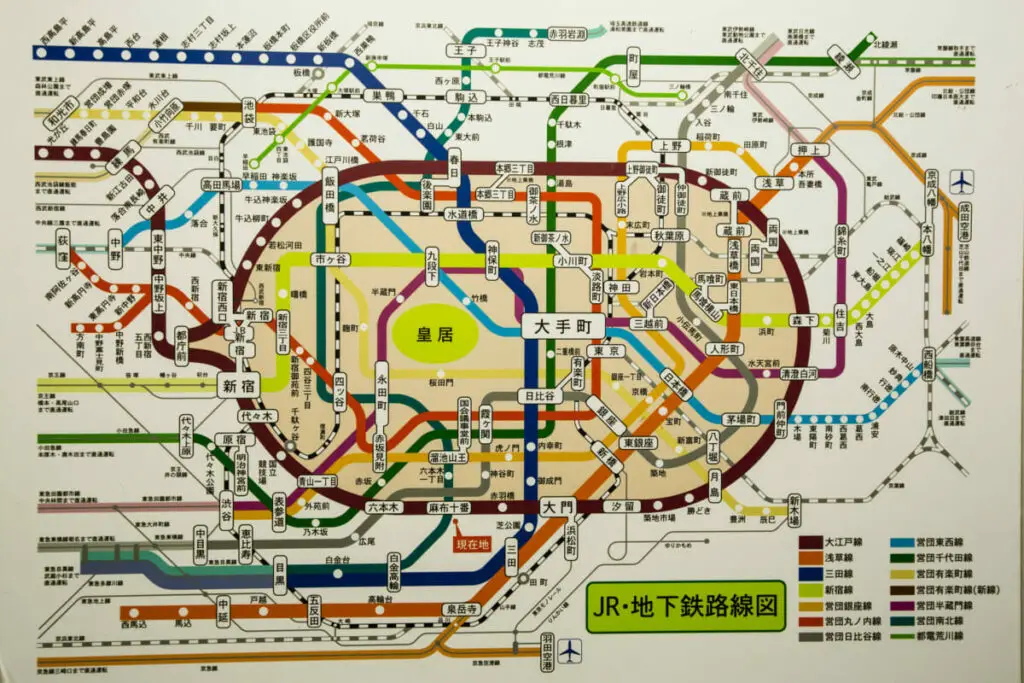
The Keikyu Line, on the other hand, connects Haneda Airport to several major train stations in Tokyo, including Shinagawa, Shinjuku, and Shibuya.
The trains on the Keikyu Line run frequently and are generally more affordable than the Tokyo Monorail. Regardless of which option travelers choose, they can expect a convenient and efficient journey from Haneda Airport to central Tokyo.
Comparing Narita and Haneda airports
Tokyo is served by two major airports: Narita International Airport and Tokyo International Airport, commonly known as Haneda Airport.
While both airports are located within Tokyo, they have distinct differences that may impact travelers’ decisions.
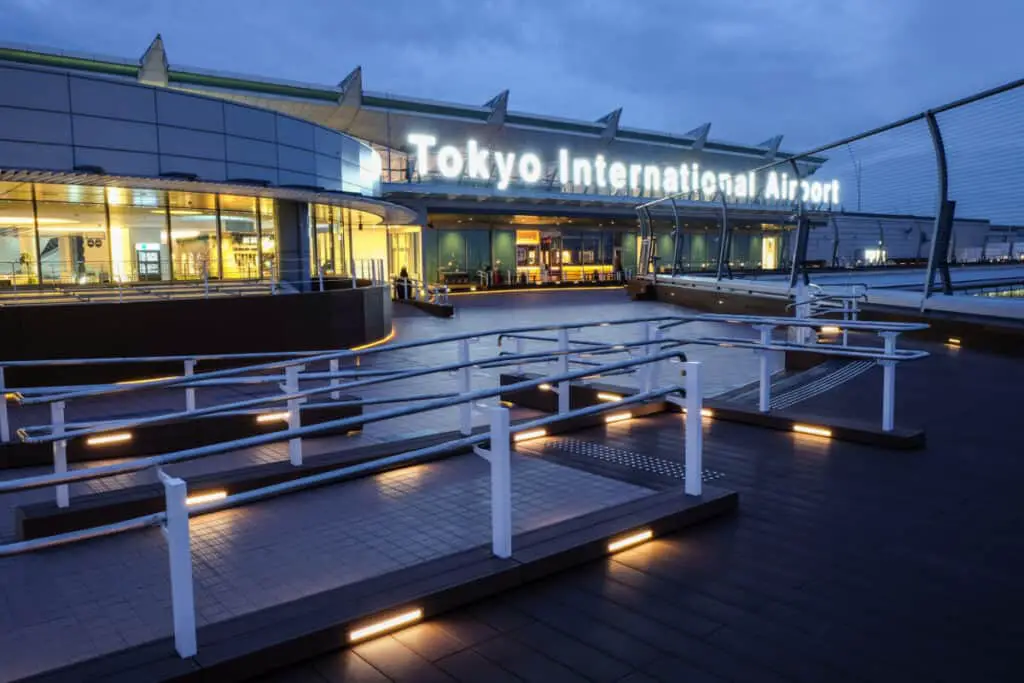
Pros and cons of each airport for travelers
Narita Airport is located approximately 60 kilometers east of central Tokyo and is the main international gateway to Japan.
It is a hub for Japan Airlines and All Nippon Airways, as well as several other international airlines. Narita Airport is generally larger than Haneda Airport and offers more flights to international destinations.
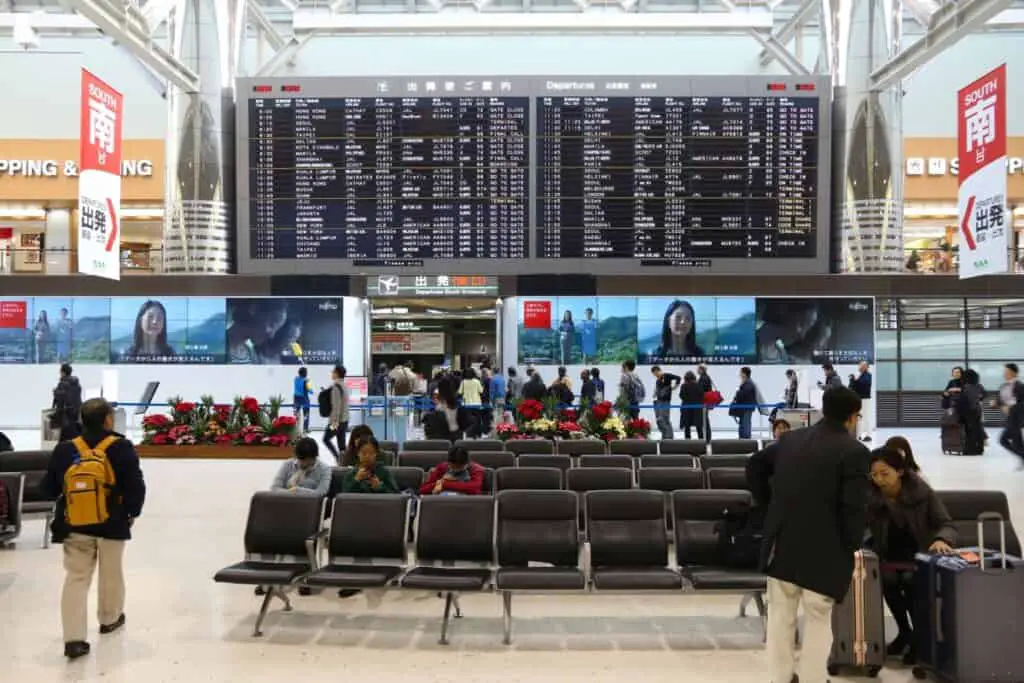
Haneda Airport, on the other hand, is located approximately 20 kilometers south of central Tokyo and is primarily used for domestic flights, although it does have some international flights.
It is a hub for Japan’s two largest domestic airlines, Japan Airlines and All Nippon Airways. Haneda Airport is generally more convenient for travelers who want to stay within Tokyo, as it is closer to the city center.
Best Tokyo airport for different types of travelers
The best Tokyo airport for travelers depends on their needs and preferences. For travelers who prioritize international flights and are willing to travel further outside of Tokyo, Narita Airport may be the better choice.
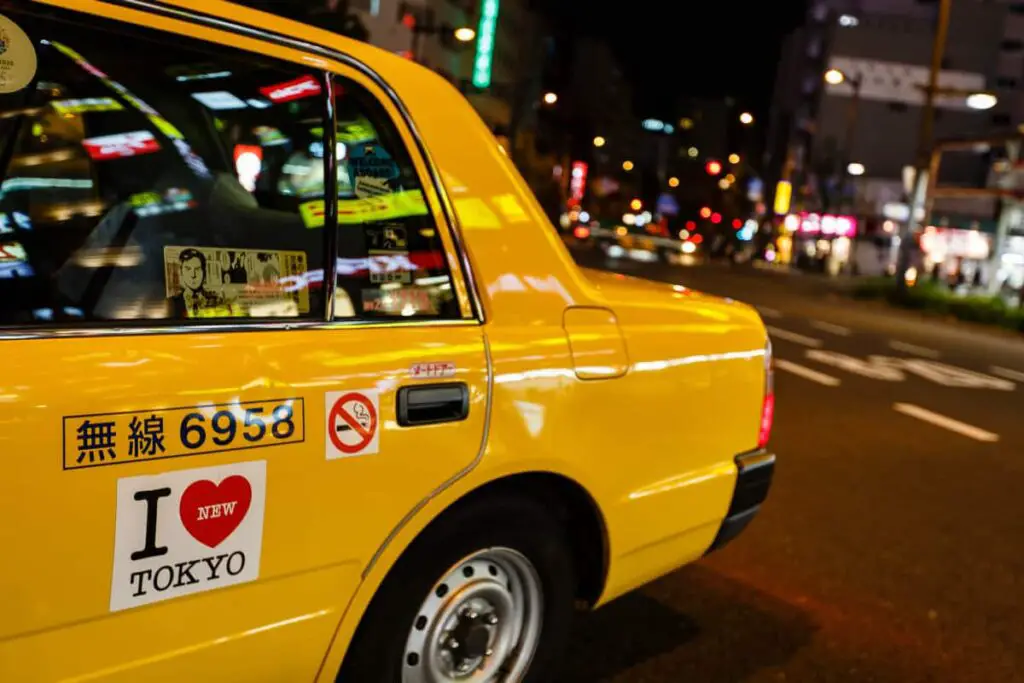
On the other hand, for travelers who want to stay within Tokyo and prioritize convenience, Haneda Airport may be the better option, especially for those taking domestic flights.
Overall, both airports are well-connected to central Tokyo via various transportation options, including trains, buses, and taxis.
It is important for travelers to consider their itinerary and priorities when choosing between Narita and Haneda airports.
Pros and Cons of Different Modes of Transportation
Trains
Trains are one of the most popular modes of transportation in Tokyo, and for good reason.
Tokyo has an extensive network of train lines that can take you almost anywhere in the city, and they run frequently and punctually.
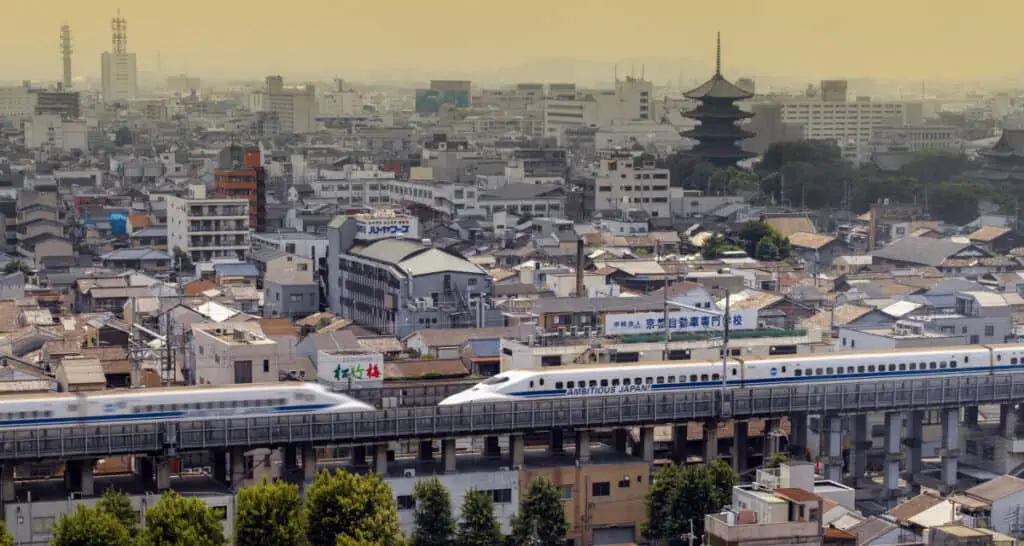
The trains are clean, safe, and comfortable, and they offer both local and express services. The downside of taking trains is that they can be crowded during rush hour, and it can be challenging to navigate the train stations if you don’t speak Japanese.
Subway
Tokyo also has a subway system that complements the train network. The subway system is easy to navigate, and it covers many parts of the city that are not accessible by train.
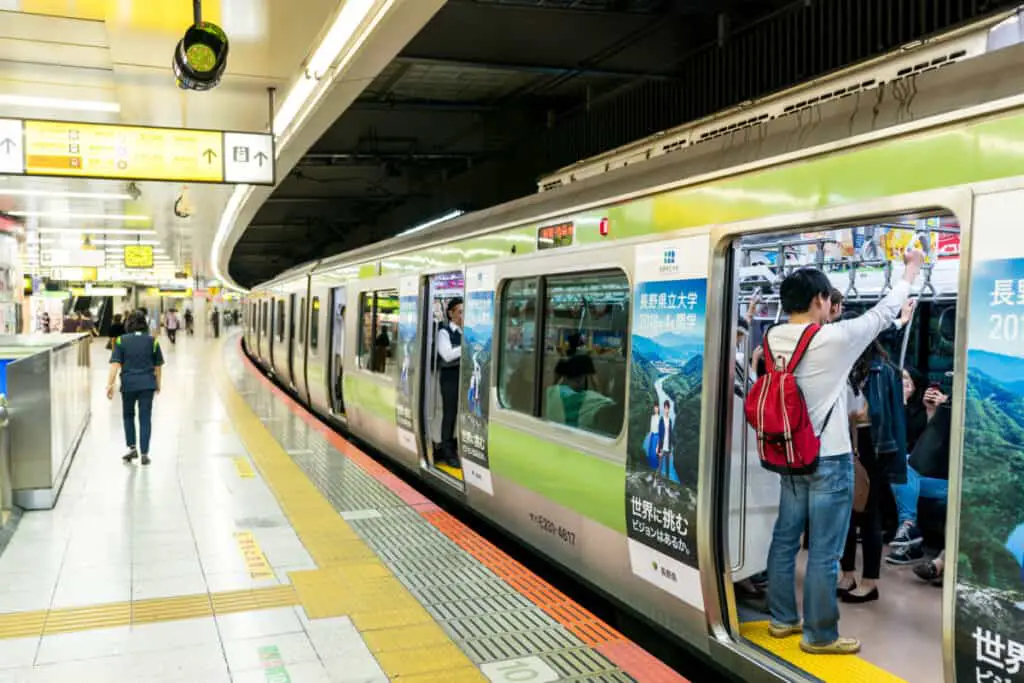
The downside of taking the subway is that it can be crowded during rush hour, and it may not be as fast as the train system.
Buses
Buses are another mode of transportation in Tokyo, and they are an affordable option.
Buses are slower than trains or subways, but they offer more opportunities to sightsee while you’re on your way to your destination.
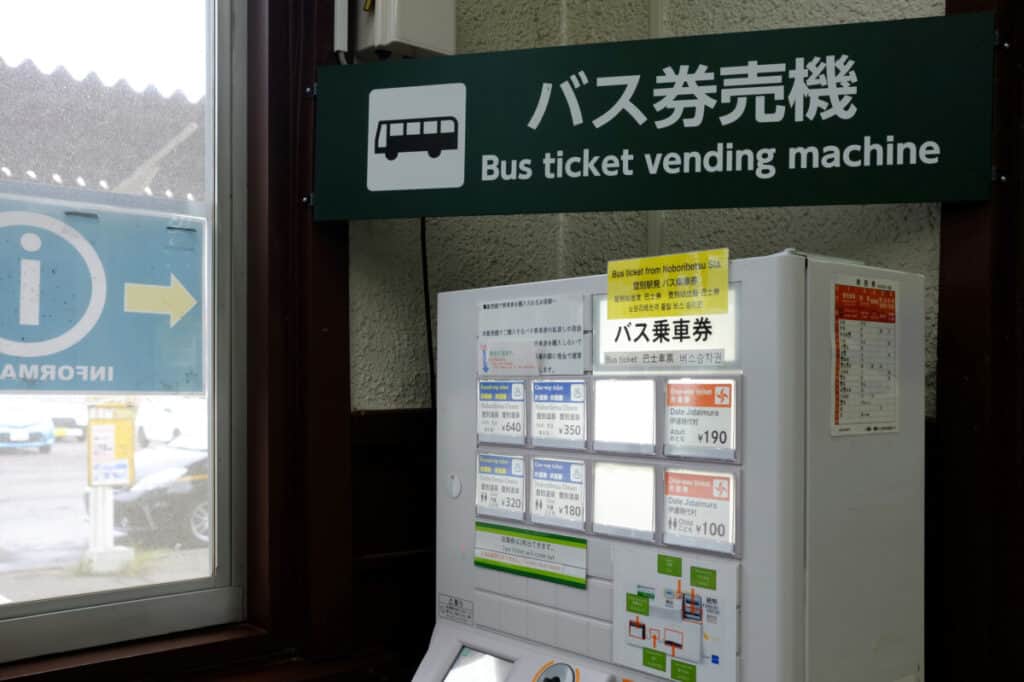
The downside of taking the bus is that it can be difficult to navigate the bus routes if you don’t speak Japanese, and the bus schedules may not be as frequent as trains or subways.
Taxis
Taxis are a convenient way to get around Tokyo, especially if you’re in a hurry or if you have heavy luggage.
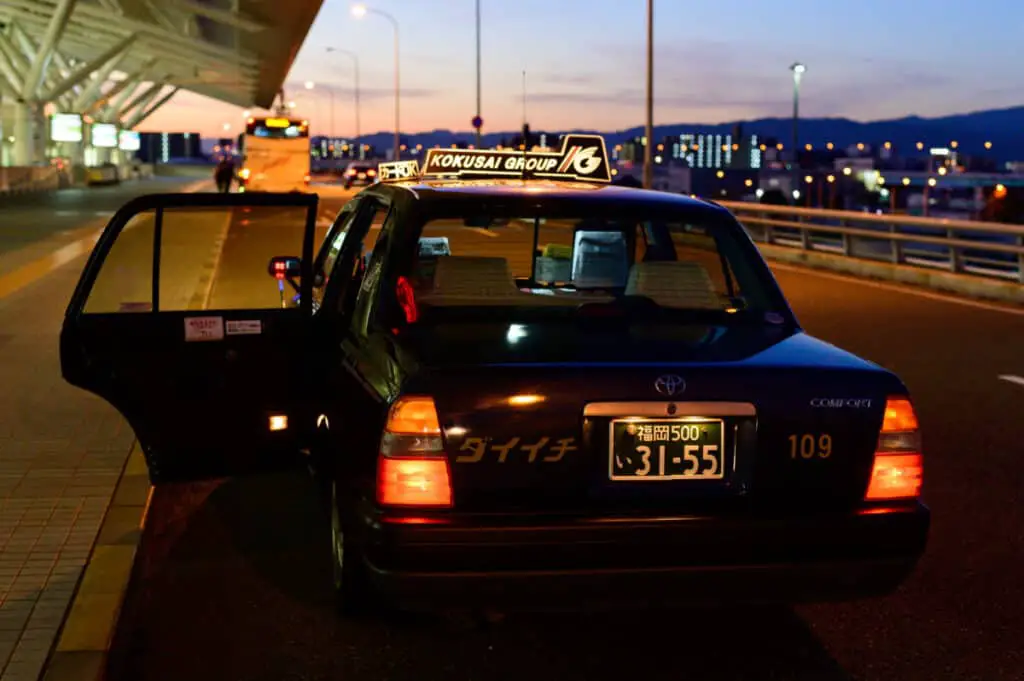
Taxis are also ideal if you’re traveling with a group and need to split the fare. The downside of taking a taxi is that it can be expensive, especially during peak hours, and traffic can be heavy in some parts of the city.
Understanding the Different Train Lines and Subway Systems in Tokyo
Tokyo’s train network is extensive, with several train lines operated by different companies.
The most famous train line is the JR Yamanote Line, which is a circular line that runs around central Tokyo and connects to many major tourist destinations.
Other train lines include the Keio Line, Keisei Line, and Odakyu Line.
The subway system in Tokyo is also vast, with two main operators, Tokyo Metro and Toei Subway. Tokyo Metro operates nine lines, while Toei Subway operates four lines.
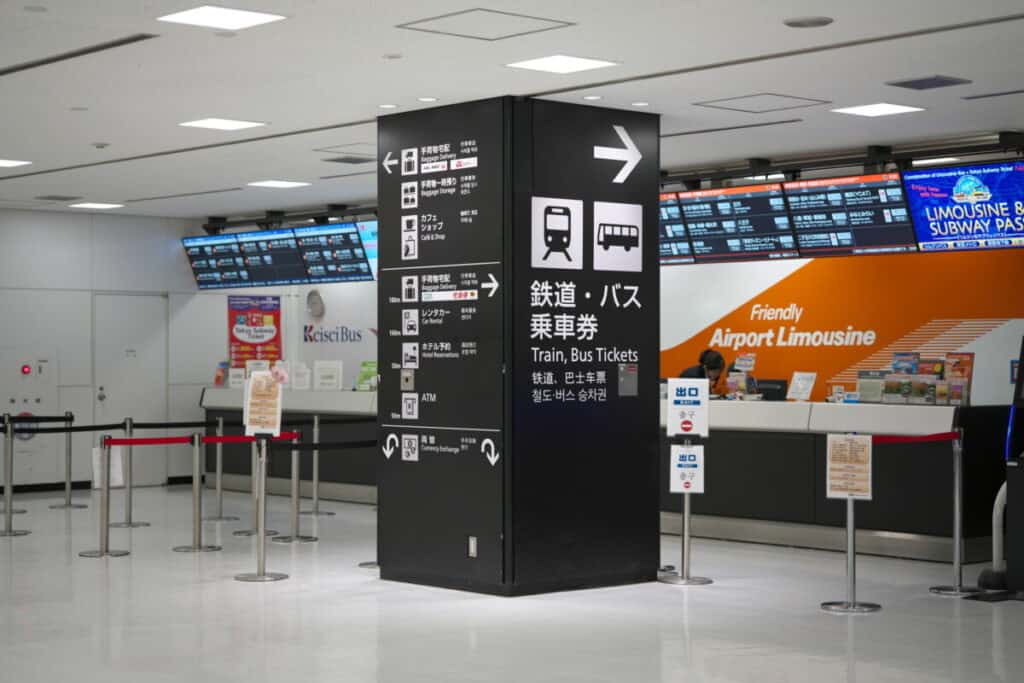
Both systems are easy to navigate, and they offer a variety of ticket options, including one-day passes and multi-day passes.
Understanding the public transportation options in Tokyo is essential for travelers who want to explore the city.
Tokyo’s train and subway systems are extensive and efficient, while buses and taxis offer more flexibility. It’s important to weigh the pros and cons of each mode of transportation and choose the best option based on your needs and preferences.
Travel Tips for Tokyo Transportation
Navigating Tokyo transportation can be overwhelming, especially for first-time travelers. However, with a few helpful tips, getting around the city can be a breeze.
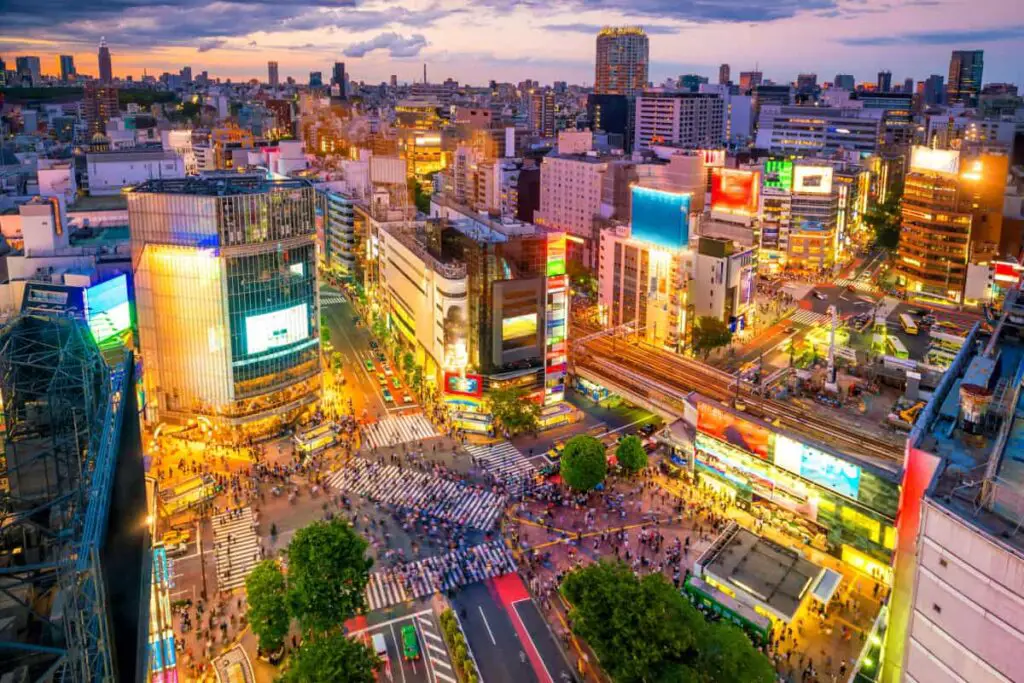
- Plan your route ahead of time: Before setting out on your journey, plan your route ahead of time. Use apps like Google Maps or Hyperdia to help you navigate the city and find the best route to your destination.
- Get a PASMO or SUICA card: PASMO and SUICA are rechargeable IC cards that can be used on most forms of public transportation in Tokyo, including trains, buses, and subways. These cards can save you time and money as you won’t have to buy individual tickets for each trip.
- Avoid rush hour: Rush hour in Tokyo can be extremely crowded and uncomfortable, so it’s best to avoid traveling during these times if possible. Rush hour typically occurs between 7:30-9:30 am and 5:00-7:00 pm on weekdays.
- Use the JR Yamanote Line: The JR Yamanote Line is a loop line that runs through central Tokyo, making it a great option for getting around the city. It also stops at many of the city’s major attractions, including Tokyo Station, Shibuya, and Shinjuku.
- Take advantage of discount passes: Tokyo offers a variety of discount passes for tourists, including the Tokyo Subway Ticket, which allows unlimited travel on Tokyo’s subway system for a set period of time.
How to save money on transportation in Tokyo
Transportation costs can add up quickly in Tokyo, but there are ways to save money on your travels.
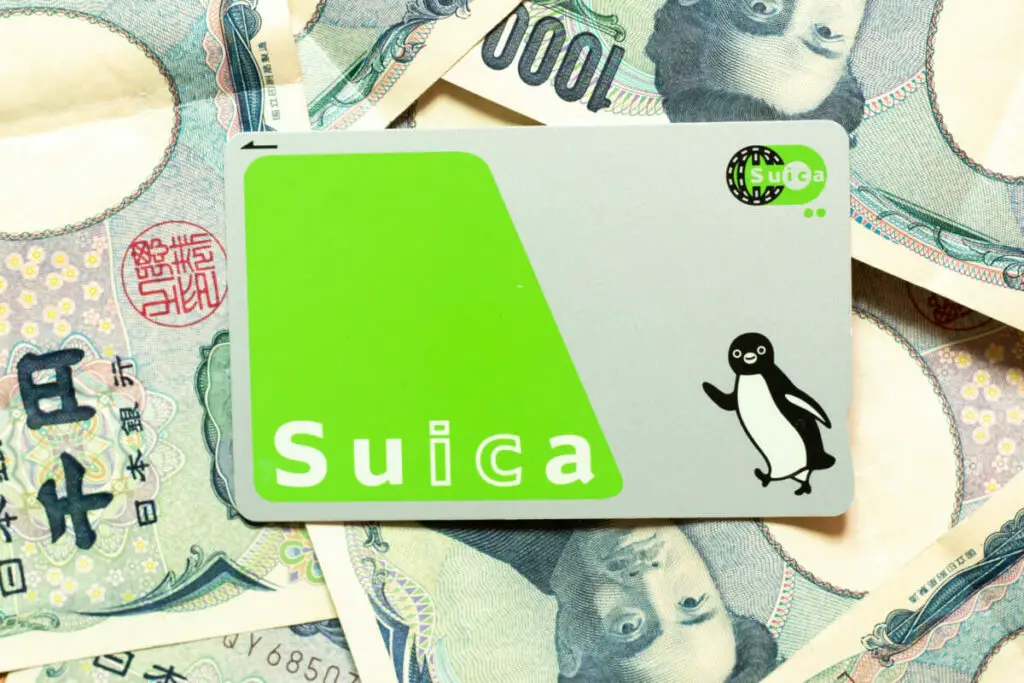
- Use a PASMO or SUICA card: As mentioned earlier, PASMO and SUICA cards can save you money by allowing you to pay for transportation with a single card. Additionally, they offer discounted fares on some modes of transportation.
- Walk or bike when possible: Tokyo is a walkable city, and many of the major attractions are within walking distance of each other. If you’re feeling adventurous, renting a bike can be a great way to explore the city while getting some exercise.
- Take advantage of discount passes: In addition to the Tokyo Subway Ticket, there are several other discount passes available for tourists, including the Tokyo Free Kippu, which offers unlimited travel on selected subway lines, buses, and trains for a set period of time.
- Use buses instead of trains: Buses can be a cheaper option than trains for shorter trips within the city. They are also less crowded and offer a more scenic view of the city.
Best transportation options for rush hour in Tokyo
Rush hour in Tokyo can be extremely crowded, and choosing the right transportation option can make a big difference in your travel experience.
- Take the subway: The Tokyo subway system is a great option for rush hour travel, as it’s often faster than other modes of transportation and tends to be less crowded than buses and trains.
- Use express trains: If you need to travel during rush hour, consider using express trains, such as the Keisei Skyliner or Narita Express, which can get you to your destination faster than local trains.
- Walk or bike when possible: If your destination is within walking or biking distance, consider taking advantage of Tokyo’s walkability or renting a bike to avoid the rush hour crowds altogether.
By following these tips and taking advantage of Tokyo’s many transportation options, you can navigate the city with ease and save money on your travels.
Final Thoughts On Tokyo’s Main Airports
Tokyo has two major airports for international and domestic flights. Narita International Airport, located in Chiba prefecture, is the busiest airport with direct connections to major airports worldwide, while Haneda International Airport, located in the central Tokyo area, is the best airport for its easy access to Tokyo city center.
Both airports are accessible by public transportation, such as the Narita Express Train, Keisei Skyliner, limousine bus, Keikyu Line, and Tokyo Monorail.
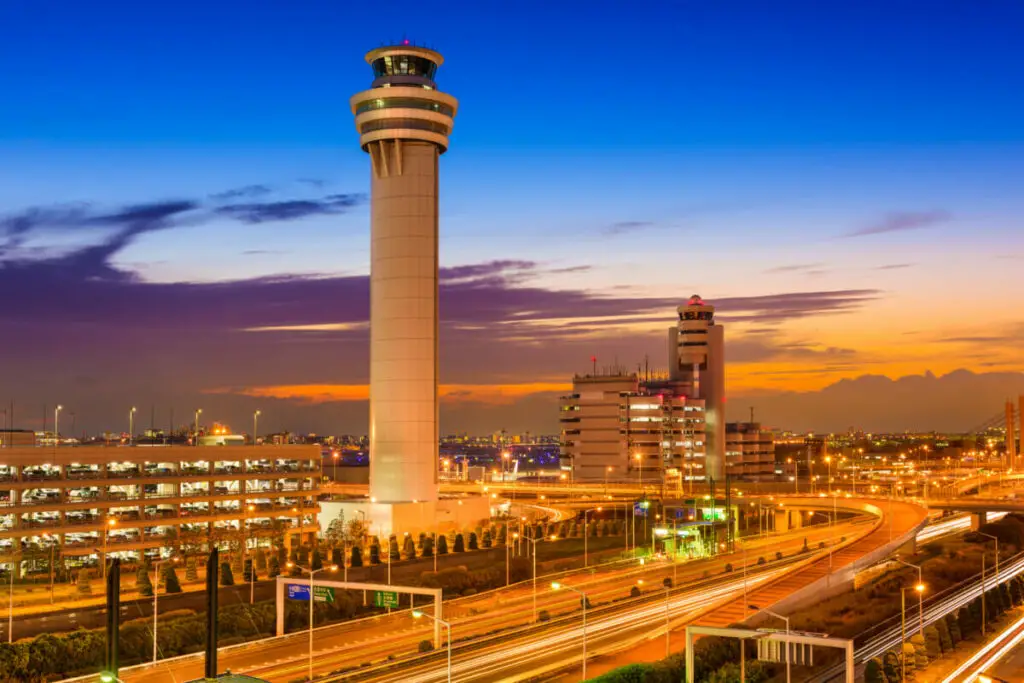
Tokyo Station, Shinagawa Station, Hamamatsucho Station, and Ueno Station are among the train stations with direct access to the airport terminals.
Japan Airlines and Nippon Airways are the major airlines serving both airports, with United Airlines being a prominent airline for international routes to and from the United States.
Narita Airport has separate terminals for domestic and international flights, while Haneda Airport has a single terminal area for both. Both airports have airport lounges and hotels nearby, including Hotel Nikko Narita.
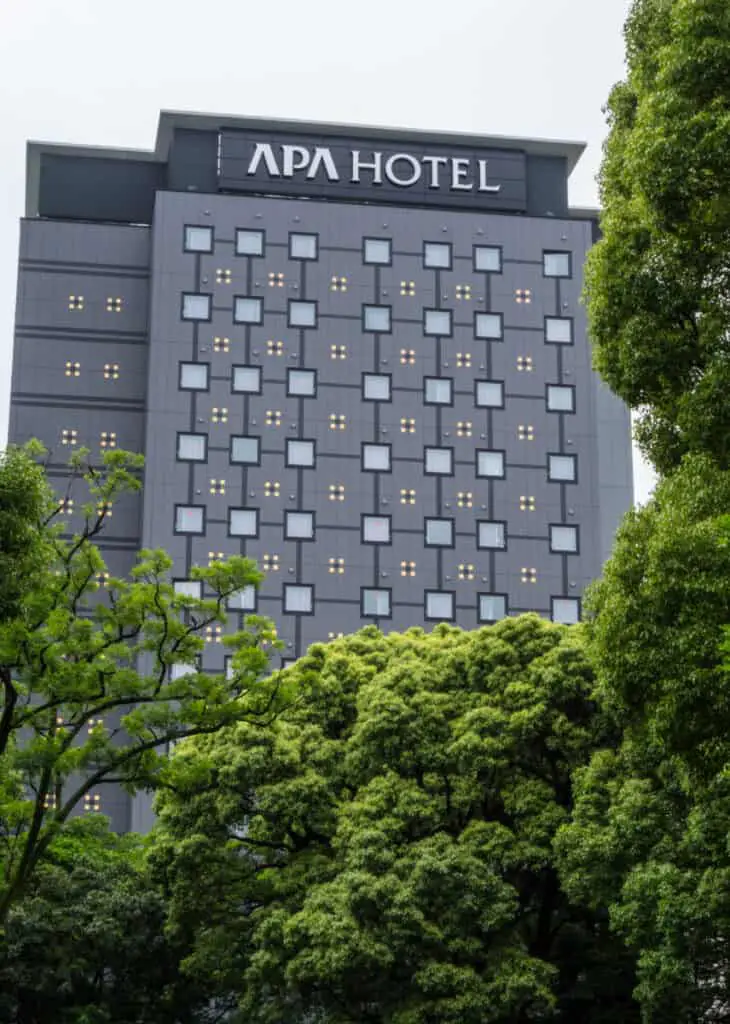
The quickest way to travel between the city center and Narita Airport is by the JR Narita Express train, while the Keisei Main Line and Access Express are good options for more affordable ticket prices. During rush hour, local trains can get crowded, so seat reservations are recommended.
In recent years, Haneda Airport has been a good option for travelers with its fraction of the U.S. flights and direct access to major hotels, such as those in the Shibuya and Shinjuku areas. Tokyo Disneyland and a Buddhist temple are also nearby.
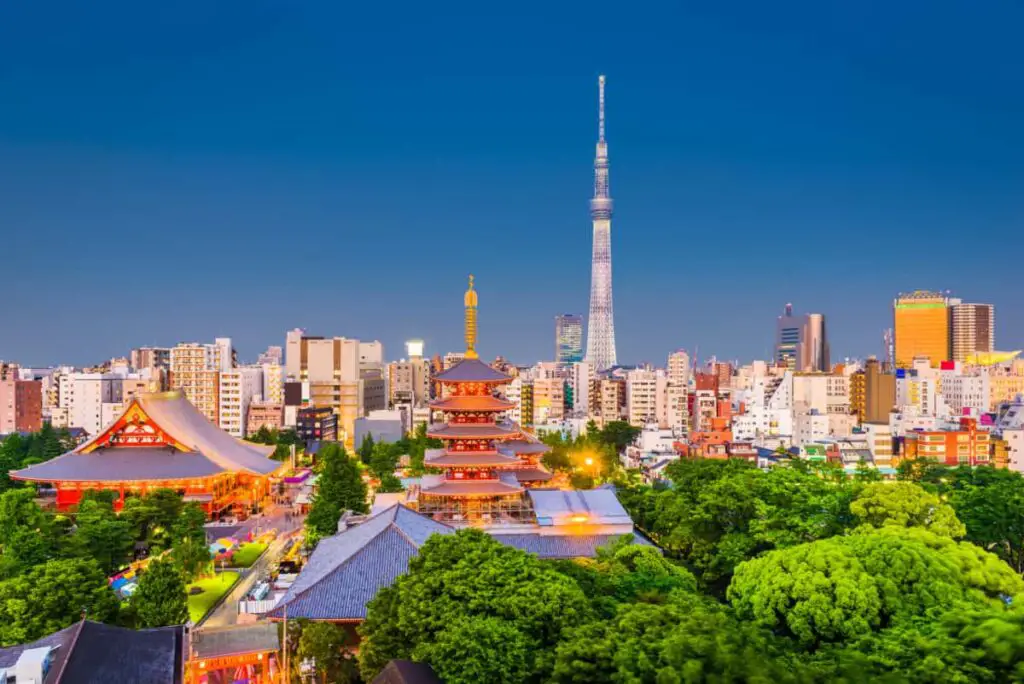
Tokyo Narita Airport Official Website
Tokyo Haneda Airport Official Website
Overall, the best option for travelers depends on their final destination, flight schedules, and the main criteria they value, such as travel time, airport terminal areas, and free shuttle buses.








